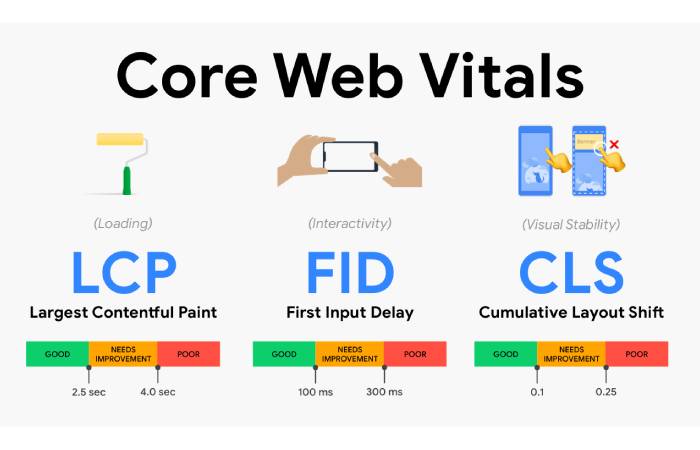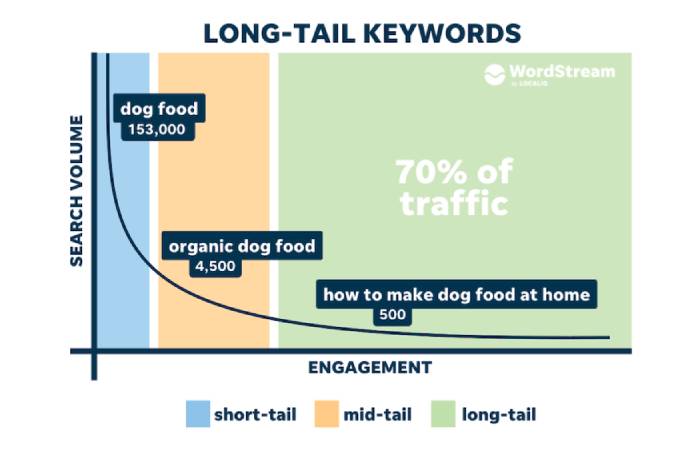3 Powerful SEO Trends to Look Out for in 2024
Ranking high in the organic search results is vital to businesses. While the core principles of SEO remain the same, trends, tactics, technology and algorithms are never stagnant. They shape the way we optimize web pages and you must stay on top of key metrics to make SEO work in your favor. Research shows that 93% of internet experiences begin with a search engine. The closer to the top a brand can appear, the better can be their authority and online presence. Studies found that 69% of marketers invested in SEO and over 50% say keyword rankings and organic traffic are the best ways to measure the success of their strategies. It is also an excellent way to improve website visibility and create a trustworthy experience.
Know where to focus your SEO resources, time and talent. This is because people are talking to computers and smartphones much more post-pandemic and the competition for those ‘top results’ is now ferocious.
Google mostly reveals all the ranking factors so trends are often data-driven. So, move ahead of old techniques like keyword stuffing and reciprocal linking. Here are a few trends that are dominating the SEO landscape in 2024.
1. Core Web Vitals
It is a set of standardized data used to measure the overall user experience on a page. This was introduced by Google with the intent that anyone who visits a website does not exit due to poor performance. It is made up of three elements:
- Largest Contentful Paint (LCP): Time taken to load the largest content on a site.
- First Input Delay (FID): Time taken to respond to the user’s first interaction.
- Cumulative Layout Shift (CLS): Unexpected layout shifts that occur during a page’s life.

Improving these areas can have a tangible difference in your search engine performance. For instance, the average desktop Time to First Byte (TTFB) speed is 1.286 seconds on desktop and 2.594 seconds on mobile. Page elements should take closest to these figures to become visible in the viewpoint. Free tools like PageSpeed Insight and Google Search Console could be helpful here.
However, core web vitals are not the primary sign to rank pages on SERP. Google will continue to consider pages with high-quality content even if they do not comply with the vitals.
2. Long-Tail Keywords
Conduct keyword research targeting popular terms related to your brand messaging strategy and customer interest to understand what they are looking for when browsing online. Studies found that 92.42% of keywords get ten monthly searches or fewer and 70.87% with more than 10,000 searches per month consist of only one or two words. But while long-tail keywords do not promise high-end traffic, they have an impressive conversion value.

Did you know around 70% of online searches are long keywords? Voice Search tools like Siri and Alexa make the conversational component more prominent. Bidding for paid content also costs less since they have low competition. Google can highly personalize the search results for different categories of visitors since long-tail keywords are more specific ensuring an appealing user experience. In fact, they also contain short-tail keywords to help reach your goals. New or low-authority pages can hence rank quickly and perform better than other pages.
3. People Also Ask
This is a rich snippet feature that provides users with additional information. These are mainly other insights that answer questions following the original search. A study found that over 90% of primary keywords trigger PAAs at the top of the SERP. It ranks at the top of the list with an occurrence rate of 48.4% out of 2.5 million queries. Use keyword search tools to identify long-tail question keywords among the audience. Incorporate these in your H2s, H3s and H4s or simply to a FAQ question section. The strategy can get your content to this coveted SERP feature. Other tips are:
- Create valuable content
- Improve formatting and code
- Look for common questions
- Organize the data with online tools
Most PAA answers are blocks or paragraphs. These can trigger featured snippets so it is quite technically possible to get featured twice on Google’s first page. Work with webmasters to be able to pull the best possible questions.
Other old yet prominent trends are high-quality backlinks, videos, AI content, Schema Markup, IndexNow and EAT. SEO is continually growing more complex. Having fair knowledge will help you understand what is working for you and what is not.

